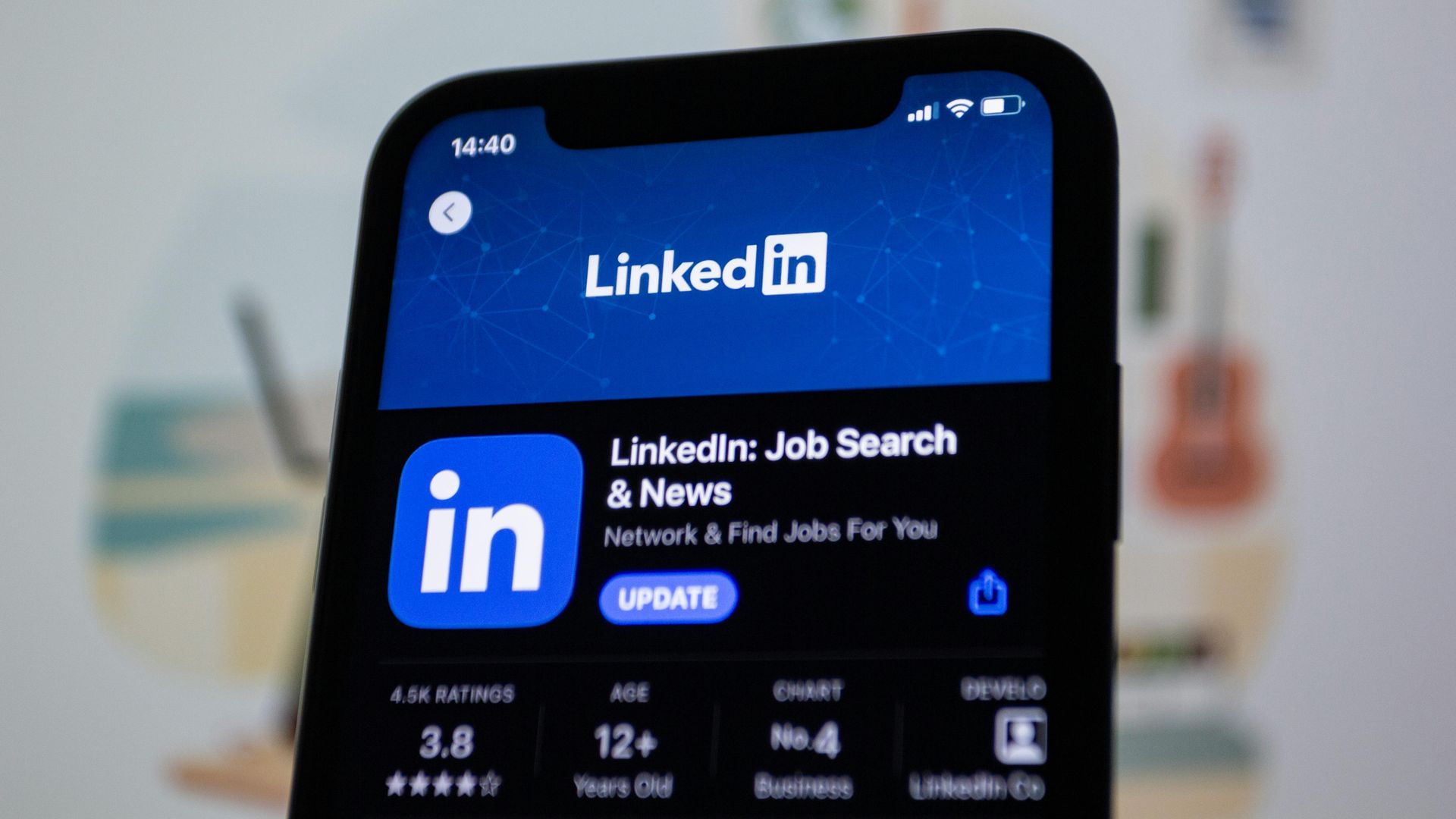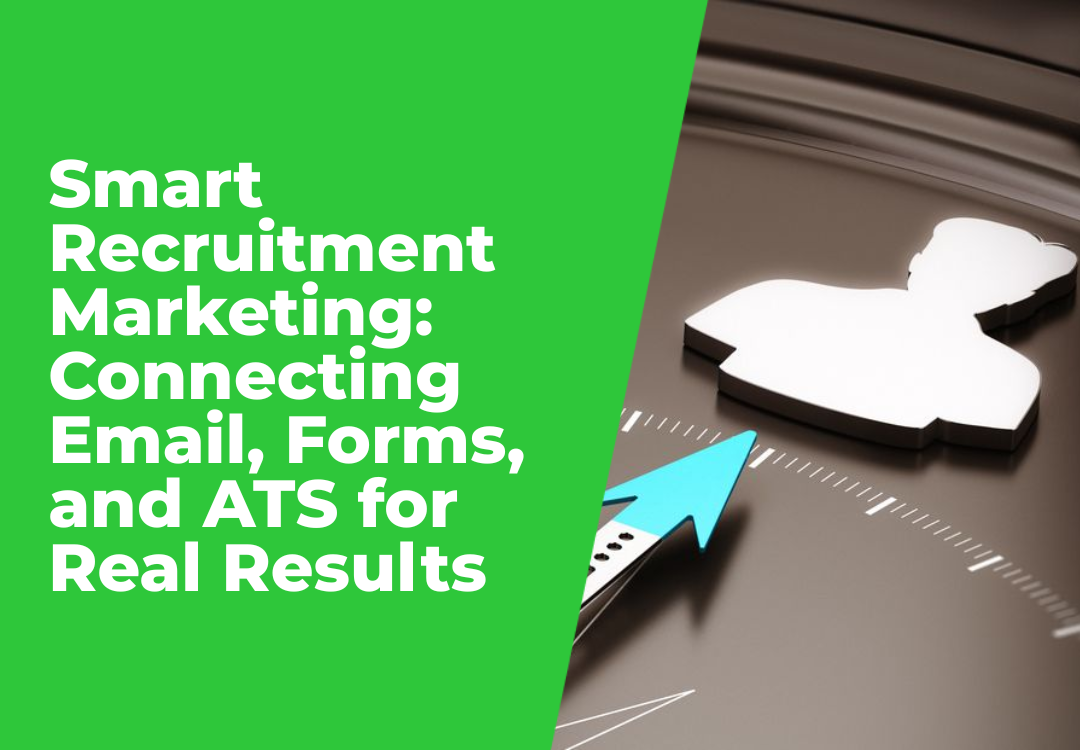Why you need Low-Code and No-Code for Recruitment Websites
Nicole Clarke • June 21, 2022
No Code is here to stay!
There is a revolution in recruitment and staffing website design that is making it so simple and fast to build beautiful, integrated, SEO optimized, highly functional and secure recruitment websites with no need for coding knowledge. It is driving innovation across the www every day for recruitment agencies who depend on their websites to drive candidate and client attraction. Read on and explore how the low-code and no-code movement is shaping modern recruitment website building for amplified success online.
Because only approx 0.25-0.5 % of the world's population can code, most people who want to build great looking and functional websites or edit and create web pages using programming techniques won’t be able to.
That’s why Low-Code and No-Code technology is so beneficial for recruitment websites and recruitment marketing in general. As more recruitment and staffing agencies use these software—tools that require little to no programming experience to master, the do-it-yourself movement is spreading rapidly through the recruitment industry and recruitment marketers are loving it.
Experts also say that recruiting and talent professionals with a very minimum level of technical competency can learn to use low-code software quickly. This means recruitment marketers no longer have to wait for IT or website platform providers to make changes to their recruitment website. Meaning they can be more proactive than reactive and never miss an opportunity.
Recruiters with little technical ability can build landing pages, campaign pages, create multiple job boards, edit sections of their website and utilize pre-made editable layouts so easily. Best of all it will look professional. Customizing campaigns, landing and other pages, adding photos, news, and text that showcase the company and opportunities with very little time or technological investment.
In the current highly competitive talent short market across the globe, companies need to take advantage of using their recruitment tech stack to drive efficiencies and open up opportunities via their recruitment website and brand online.
Best of all, the attractive prices reflect the opportunity for speedy delivery with less effort and brilliant custom design outcomes.
In summary for recruitment websites this means that no-code removes the complexity involved in developing solutions. It is easy, quick and serves as a platform to imagine, create, easily integrate, and innovate seamlessly. Now the world is your oyster and you can be more successful at recruitment marketing by using your website!
Shazamme’s recruitment website technology has several native low-code and no-code features that speed up recruitment website design, a few are:
Gartner estimates that by 2024, low-code application development will be responsible for more than 65% of application development activity. In summary, low-code and no-code platforms use visual programming and logic to make building recruitment websites from scratch far less complex than it has ever been. With the ability to onboard, build and deploy recruitment websites and customize them faster than ever, there is no doubt that low-code and no-code design will likely replace traditional coded web design for most recruitment website projects.
Are you using low-code and no-code for your recruitment website? If not, there is no doubt you should be!
Book in time to discuss all things Shazamme here we love making recruitment and staffing companies more successful online.
Because only approx 0.25-0.5 % of the world's population can code, most people who want to build great looking and functional websites or edit and create web pages using programming techniques won’t be able to.
That’s why Low-Code and No-Code technology is so beneficial for recruitment websites and recruitment marketing in general. As more recruitment and staffing agencies use these software—tools that require little to no programming experience to master, the do-it-yourself movement is spreading rapidly through the recruitment industry and recruitment marketers are loving it.
Experts also say that recruiting and talent professionals with a very minimum level of technical competency can learn to use low-code software quickly. This means recruitment marketers no longer have to wait for IT or website platform providers to make changes to their recruitment website. Meaning they can be more proactive than reactive and never miss an opportunity.
Recruiters with little technical ability can build landing pages, campaign pages, create multiple job boards, edit sections of their website and utilize pre-made editable layouts so easily. Best of all it will look professional. Customizing campaigns, landing and other pages, adding photos, news, and text that showcase the company and opportunities with very little time or technological investment.
In the current highly competitive talent short market across the globe, companies need to take advantage of using their recruitment tech stack to drive efficiencies and open up opportunities via their recruitment website and brand online.
Best of all, the attractive prices reflect the opportunity for speedy delivery with less effort and brilliant custom design outcomes.
In summary for recruitment websites this means that no-code removes the complexity involved in developing solutions. It is easy, quick and serves as a platform to imagine, create, easily integrate, and innovate seamlessly. Now the world is your oyster and you can be more successful at recruitment marketing by using your website!
Shazamme’s Low-Code and No-Code Features
- Dynamic pages that help you generate as many pages on your recruitment website as you like
- Create as many job boards as you like
- Create custom job detail pages, recruiter profiles, integrated form fields and more
- Internal collections so you can easily manage text, images, and other content. You can then use this content to generate multiple pages at scale by connecting your saved collections to dynamic pages.
- Ready to use dynamic pages that connect to your chosen dataset, helping you easily generate all sorts of data rich recruitment pages.
- Rapid build by using predefined sections that you drag and drop
- APIs that automatically rebuild after changes are made
- 100's of widgets that can be configured without any code
- Integrations that are super flexible and can be changed without code
Gartner estimates that by 2024, low-code application development will be responsible for more than 65% of application development activity. In summary, low-code and no-code platforms use visual programming and logic to make building recruitment websites from scratch far less complex than it has ever been. With the ability to onboard, build and deploy recruitment websites and customize them faster than ever, there is no doubt that low-code and no-code design will likely replace traditional coded web design for most recruitment website projects.
Are you using low-code and no-code for your recruitment website? If not, there is no doubt you should be!
Book in time to discuss all things Shazamme here we love making recruitment and staffing companies more successful online.

By Nicole Clarke
•
October 28, 2025
How to Track Your LinkedIn Leads (and Finally See What’s Working) Most recruitment agencies post regularly on LinkedIn, but few actually know what’s working. You might get great engagement, but how do you know if those likes and clicks are turning into new clients or candidate enquiries? If you’re not tracking your leads, you’re flying blind. The good news is that it’s incredibly easy to fix. You just need a simple setup using UTM tracking and Google Analytics (GA4) . Here’s how to do it properly so you can see exactly which posts, people, and campaigns are driving real results. Step 1: Add UTM Links to Every LinkedIn Post Whenever you share a link on LinkedIn, whether it’s to a job, a blog, other content or a “book a demo” page etc you should add a little bit of tracking code at the end of your URL. This code is called a UTM , and it tells you exactly where your traffic came from once people land on your website. Example: https://www.xyzrecruitment.com/book-demo?utm_source=linkedin&utm_medium=social&utm_campaign=demo_launch&utm_content=post1 Here’s what each tag means: utm_source=linkedin → tells you the traffic came from LinkedIn utm_medium=social → identifies it as an organic social post utm_campaign=demo_launch → labels your specific campaign utm_content=post1 → helps you see which post or person shared it You can use Google’s free Campaign URL Builder to generate these in seconds. Step 2: Use Tagged Links in Every Post and Profile Once you’ve created your UTM-tagged links, use them everywhere you share links from LinkedIn: Company updates Recruiter and consultant posts LinkedIn articles or newsletters Comments and DMs If multiple people in your team are posting, give each person their own UTM content tag (for example: utm_content=sarah_post or utm_content=liam_article ) so you can easily see who’s driving the most traffic or conversions. Step 3: Track the Results in Google Analytics 4 With your UTM links live, it’s time to see what’s working. In Google Analytics (GA4) , go to: Reports → Acquisition → Traffic Acquisition Filter by: Source / Medium = linkedin / social Now you’ll see: How many visitors came from LinkedIn Which pages they viewed Whether they filled out a form, booked a demo, or applied for a role That’s how you finally connect your LinkedIn activity to actual business outcomes. Step 4: If You Run Paid Ads — Connect LinkedIn to GA4 If you’re also running LinkedIn Ads , connect your LinkedIn Campaign Manager to GA4 . This gives you the complete picture, not just clicks and impressions, but which ads and audiences are driving conversions. Step 5: Create a Simple Dashboard Once you’re tracking everything, pull it together in a Google Looker Studio (Data Studio) dashboard. You’ll get a clear visual of: Traffic from LinkedIn (organic + paid) Conversions by campaign Which recruiters generate the most leads Your overall ROI from LinkedIn It’s simple, visual, and finally gives you proof of what’s working. Why This Matters for Recruitment Agencies Without UTM tracking, your LinkedIn traffic shows up in Google Analytics as “direct” or “referral”, which tells you nothing. With proper tracking, you’ll know: Which campaigns or posts bring in new client leads Which recruiters or consultants drive the most engagement What content types actually convert It’s not about guessing, it’s about growing with real data. Quick Recap Step 1: Add UTM links to every LinkedIn post — Tracks traffic accurately Step 2: Use consistent naming — Keeps your data clean Step 3: Check GA4 reports — See conversions clearly Step 4: Connect LinkedIn Ads — Measure full ROI Step 5: Build a dashboard — See what’s working at a glance Final Tip Consistency is key! One untagged link can throw off your data. Once you start tracking properly, you’ll quickly see which content drives leads and where to focus your marketing energy next. If you’d like help setting up UTM links or building a simple LinkedIn-to-GA4 dashboard, contact the team at www.shazamme.com we can show you exactly how to do it right!








